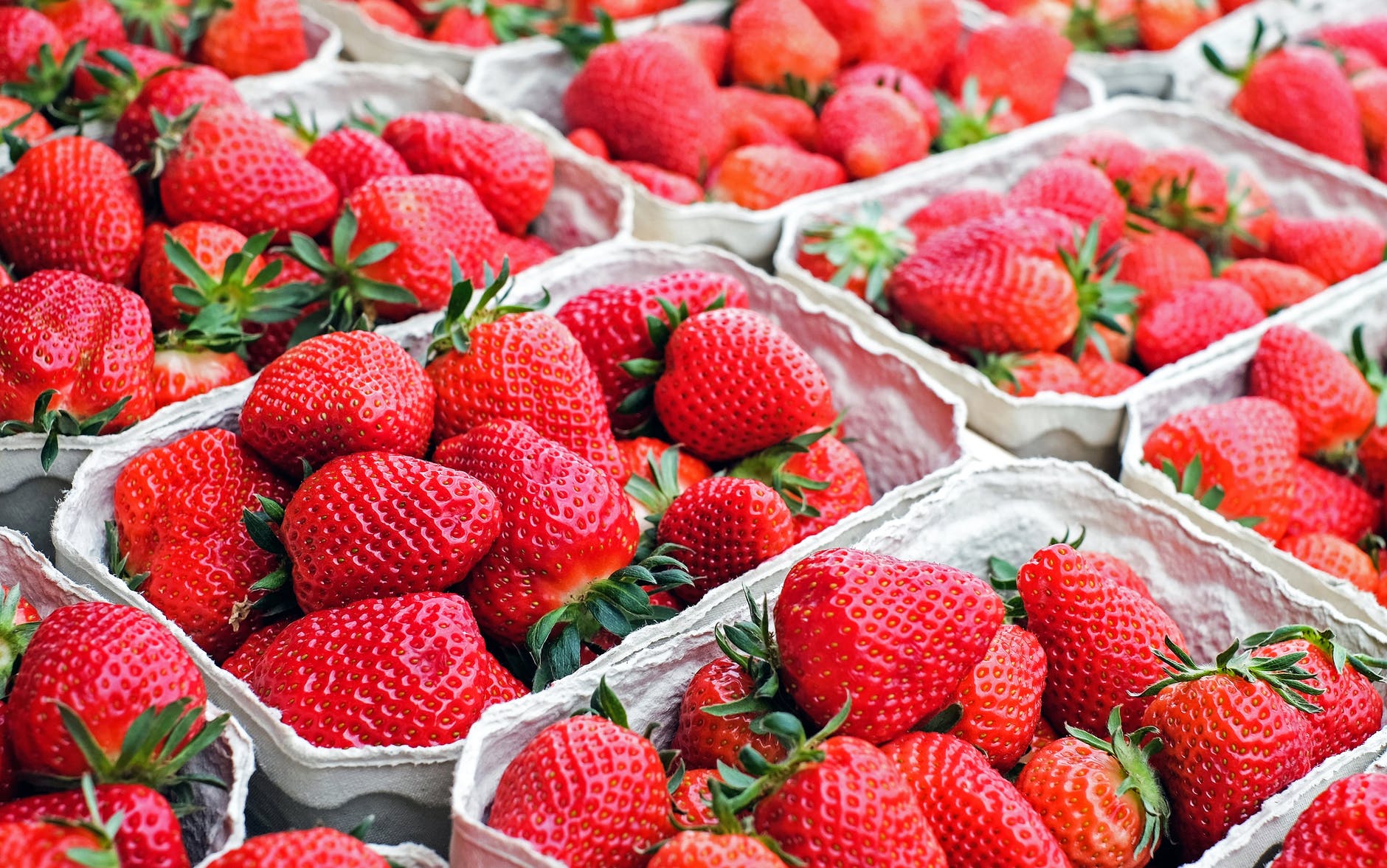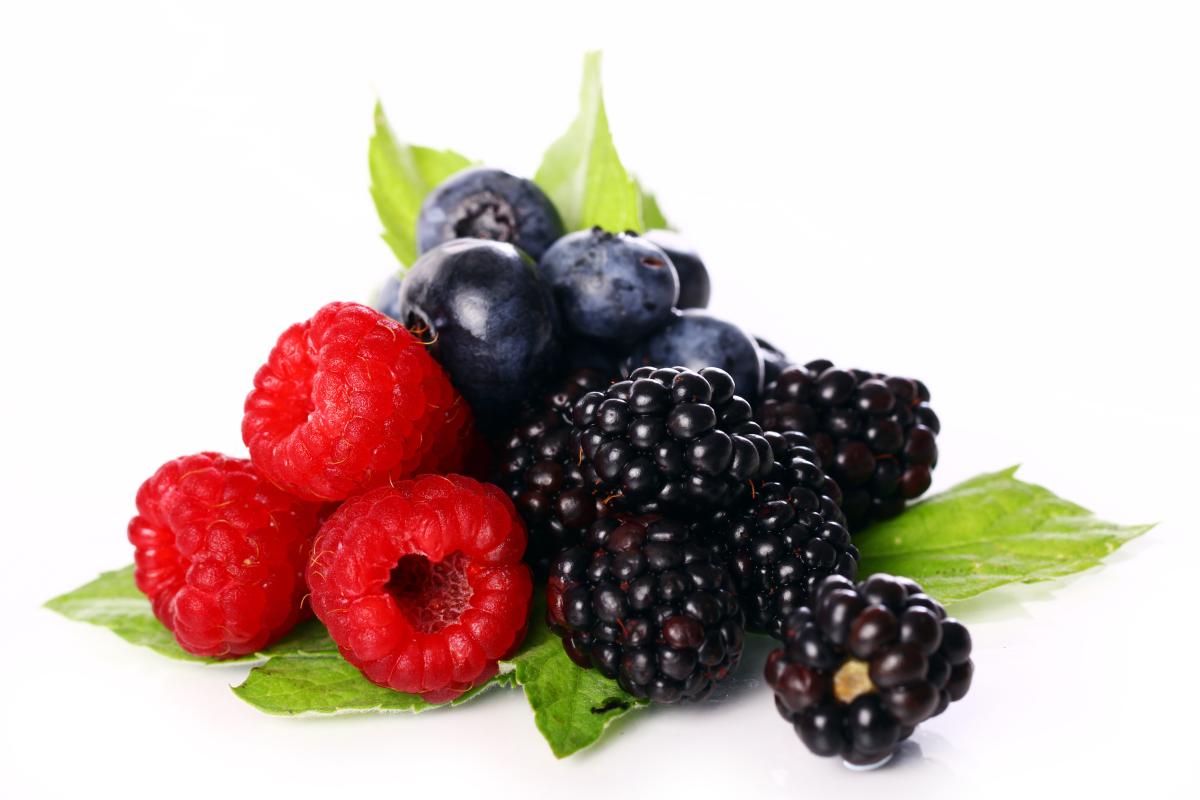ORIGIN
Jostaberry(Ribes × nidigrolaria) is a fruiting shrub, a complex cross of the genus Ribes involving three original species: the blackcurrant (Ribesnigrum), the North American coastal black gooseberry(Ribes divaricatum) and the European gooseberry(Ribes uva-crispa).
The name jostaberry was created by combining the German words for blackcurrant and gooseberry, i.e. Johannisbeere ('Jo') and Stachelbeere ('Sta') respectively. The German name Jostabeeren and the French name caseillier are also common; in Austria it is also called Rigatze or Joglbeere.
Already in the 1800s there was a demand for gooseberry-like fruit on thornless plants, and the first successful attempt to cross blackcurrants with European gooseberries was made by William Culverwell in Yorkshire, England in 1880. This hybrid was called Ribes × culverwellii and was almost sterile.
But the origins of the jostaberry can be traced back to a complex breeding programme started in the 1920s by Paul Lorenz in Berlin with around 1000 different hybrids. Some of these were in turn crossed, resulting in another 15,000 hybrids. Of these, three seedlings were selected for vigour, disease resistance and fertility.
The first cultivar, 'Josta', was made available to the public in 1977. Two later cultivars released were called 'Jostine' and 'Jogranda'. A number of varieties have been developed since then by various developers. Most named cultivars tend to be available only in Germany, and even the names of the three most common jostaberry cultivars have been confused, and all have sometimes been sold as 'Josta'.
In addition, several varieties of jostaberry have been developed independently of the European breeding programmes at the USDA Agricultural Research Service unit in Corvallis, Oregon. Unlike the European jostaberry selections, these varieties are rather prickly. These are called the 'ORUS' series and some of them, like 'ORUS 8', are still available today.
DISSEMINATION
Because jostaberry, like other currant species, is an intermediate host for a harmful disease that attacks white pine, jostaberry production is prohibited in some US states (DE, ME, NC, NH, NJ, WV, MT, OH, RI & MA) and restricted in others (MI and NH). In Europe, they are widespread in Germany, Austria, Switzerland and the UK.
Commercially, it has not developed much because of the difficulty of harvesting the fruit, which does not allow the use of machines.
FEATURES
Jostaberry berries are intermediate in size between blackcurrants and gooseberries and, due to the chlorophyll in the skin, have an opaque finish, lacking the translucency of red and white currants.
The flavour is pleasant but mild and lacks the strong, characteristic taste of blackcurrants. It tastes more like gooseberries when unripe and more like blackcurrants when fully ripe. The fruit is rich in vitamin C (100 mg per 100 g).
The fruit ripens and is used in the same way as gooseberries: it is suitable for making aromatic jams, jellies and juices, for making liqueurs, but also for eating raw. Long-term freezing is possible without loss of quality.
The main varieties of European origin are:
- Josta' - selected by R. Bauer in Breitbrunn and on the market since 1977. Mother variety ('Silvergieters Schwarze' × 'Grüne Hansa') × ('Langtraubige Schwarze' × Ribes divaricatum) × free flowering.
- Jocheline' - selected by H. Murawski in Müncheberg and distributed since 1983. Mother variety 'Silvergieters Schwarze' × 'Grüne Riesenbeere'. Cultivar 'Jochina' is very similar.
- Jogranda' - selected by R. Bauer in Breitbrunn and available since 1985. An F3 hybrid from the parent cultivars 'Langtraubige Schwarze' × Ribes divaricatum, later free flowering.
- Jostine' - selected by R. Bauer in Breitbrunn, protected variety since 1989. Cross of ('Langtraubige Schwarze' x Ribes divaricatum) x ('Silvergieters Schwarze' x 'Grüne Hansa')
- Rikö' - Hungarian variety, protected since 2001. Parents are 'Silvergieters Schwarze F59' × 'Lady Delamere'.
The US ORUS (Oregon + United States) programme has generated a dozen varieties since the 1960s, some of which are still commercially available:
- Orus 8 ' - first selected in Oregon and notable for its very sweet berries and red highlights in the fruit. The plant has a few thorns. It is the main variety in the ORUS programme.
- RedJosta' has red highlights on an almost black berry; it is very productive and a little sweeter than a blackcurrant.
- Orus 10′ - vigorous and thorny plant; resistant to adversity, good tasting fruit.

The German company Lubera has recently developed three new varieties of jostaberry under the brand name Confi® berries:



- Jostaberry Jodeli®: compact plant, sweet fruit, for fresh and processed consumption. Fruits with a diameter of 20 mm, grow in clusters of 3-5 fruits. Ripe and sweet with a fruity aroma, very mild compared to other jostaberry varieties, has a very slight hint of cassis aroma, very pleasant.
- Jostaberry Jofruity®: Fruity flavour, closer to gooseberries than blackcurrants; the most compactly growing plant of all Confi® berries; small to medium-sized berries (12-14 mm) but extremely fertile.
- Jostaberry Jogusto®: Maturity late, not before the beginning of August. Large to very large berries (up to 18 mm) on beautiful, compact bunches. Ideal for processing, for jams, jellies, smoothies.
The Swiss research institute FiBL recommends the following varieties for organic production: Jogranda, Josta and Jostine.

PRODUCTION
The jostaberry berries show a combination of blackcurrant and gooseberry traits. The stems are thornless and tend to expand. Plants grown in the United States have so far been resistant to American powdery mildew, proving more resistant than any gooseberry or blackcurrant cultivar to the disease in the authors' trials.
Three cultivars of jostaberry are grown in the United States. Currently, only 'Josta' is widely available in North America. Although 'Josta' is reported to be self-fertile, North American growers have reported problems with poor fruit set. The cultivars Jostine and Jogranda (the latter also known as 'Jostagranda' and 'Jostaki') were imported to the United States from Europe and are now available through the USDA-ARS National Clonal Germplasm Repository. These two cultivars are at least partially self-sterile and should be planted together for good fruit set.
Fruit set can be a problem, even when 'Josta' is planted near a wide selection of blackcurrant and gooseberry cultivars. Yields appear to be lower than those of other currant crops. Enthusiasm for josta berries in North America has so far been limited.
Another negative aspect is that a lot of pruning is required to control growth. The plant is very vigorous and a wide spacing during planting is recommended.
The ripening period in Germany is from mid-June to July. The fruits do not all ripen at the same time. The yield is regular and higher than that of the mother species. Harvesting is usually reduced because the berries are attached quite tightly to the plant.
From a production point of view, jostaberry plants should be treated in the same way as blackcurrants and gooseberries.
Ripening fruits


Ripe fruits


In Italy, jostaberry plants can be found at the main nurseries dealing with berries:
JOSTABERRY ON SOCIAL MEDIA
INSIGHTS
- Growing jostaberries in Kentucky (2020)
- Jostaberry - plants for a future
- Analysis and sensory evaluation of Jostaberry
- Jostaberry: guidelines for conducting tests of distinction, homogeneity and stability (UPOV)
- Currants, gooseberries and jostaberries: a guide for growers, marketers, and researchers in North America
- Jostaberry: .S. National Plant Germplasm System
- Growing currants, gooseberries and jostaberries (University of Idaho)
- Confi® berries - new jostaberry that we need!
- Fruit Genetics Friday #5: The Jostaberry (The Fruit blog)
- Gooseberries and Currants - Kentucky State University
- Johannisbeeren, Cassis, Stachelbeeren, Jostabeeren fuer den Bioanbau empfohlene Sorten (FiBL 2018)
Photo: Von I, Zualio, CC BY 2.5
All rights reserved - Italian Berry - CC BY License









